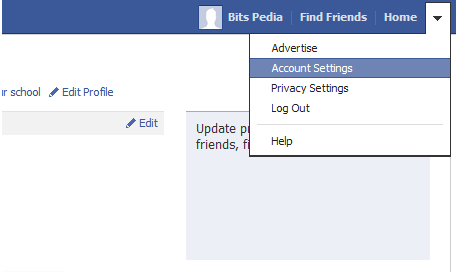Simple Calculator
//Imports are listed in full to show what's being used //could just import javax.swing.* and java.awt.* etc.. import java.awt.EventQueue; import java.awt.GridLayout; import java.awt.BorderLayout; import java.awt.event.ActionListener; import java.awt.event.ActionEvent; import javax.swing.JFrame; import javax.swing.JPanel; import javax.swing.JTextField; import javax.swing.JButton; import java.awt.Container; public class SimpleCalc implements ActionListener{ JFrame guiFrame; JPanel buttonPanel; JTextField numberCalc; int calcOperation = 0; int currentCalc; //Note: Typically the main method will be in a //separate class. As this is a simple one class //example it's all in the one class. public static void main(String[] args) { new SimpleCalc(); } public SimpleCalc() { guiFrame = new JFrame(); //make sure the program exits when the f









